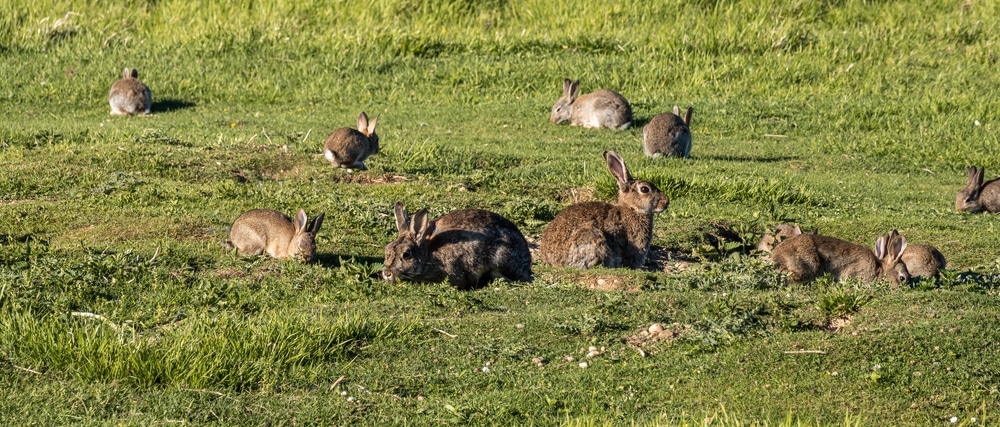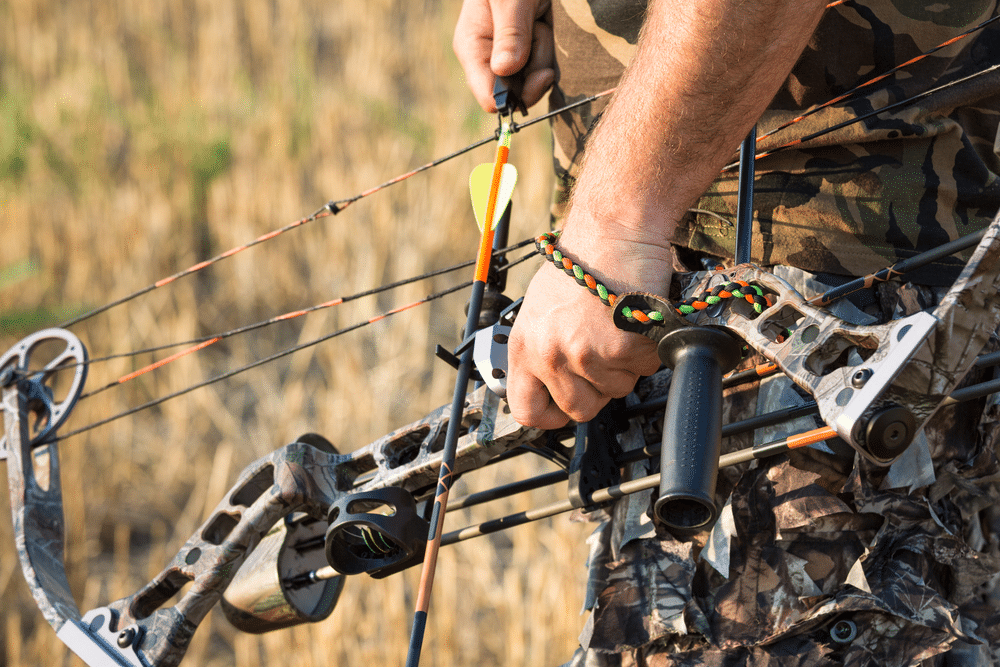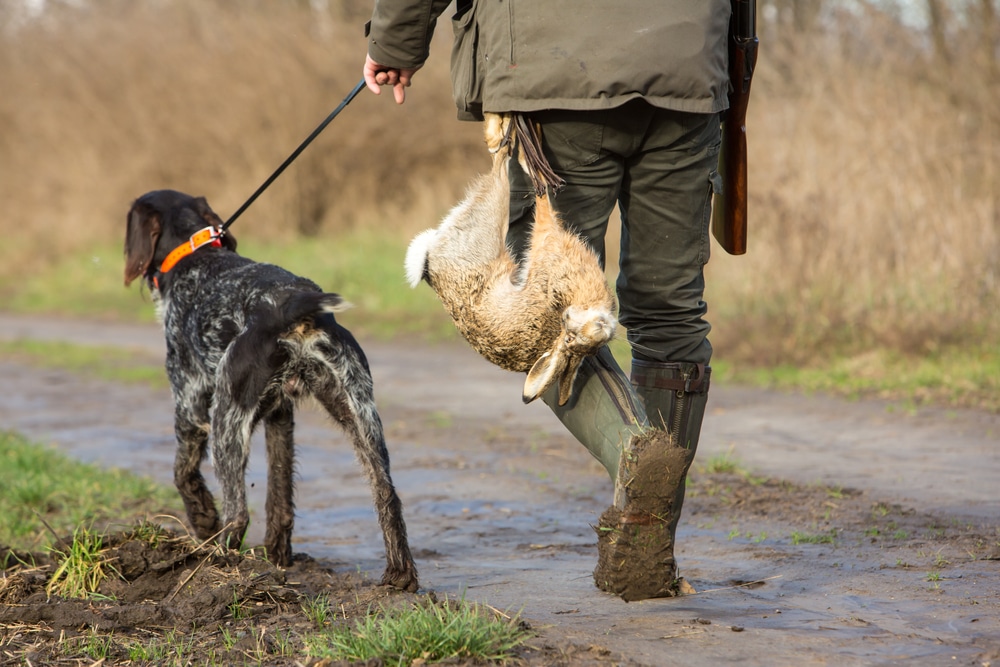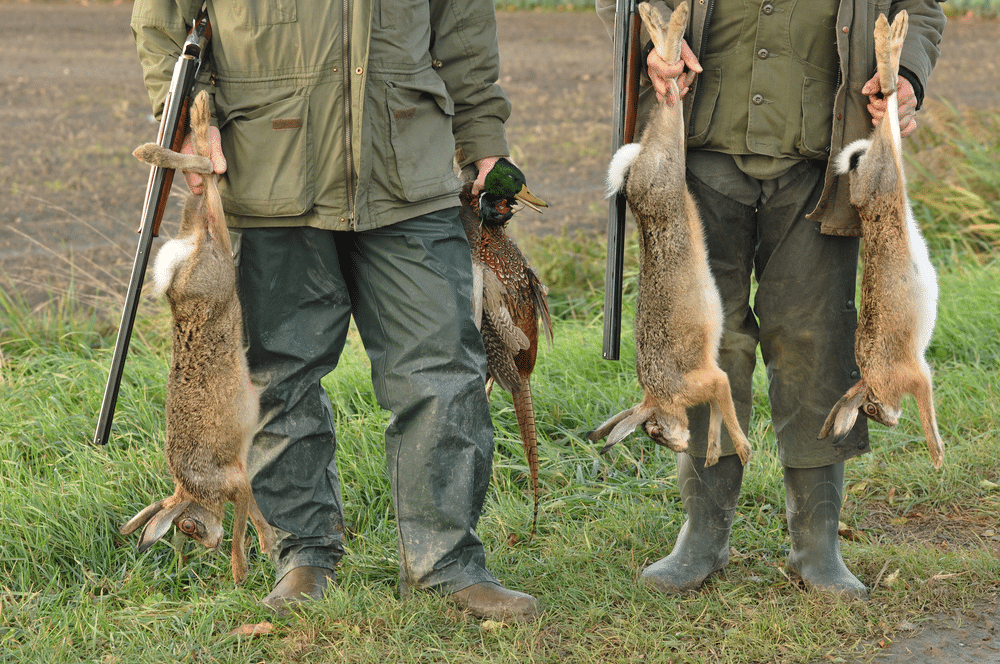Table of Contents
Are you new to hunting rabbits? Be at ease! We are ready to help you. This helpful handbook provides a straightforward explanation of everything you need to know. Learn knowledge about rabbit habits, select appropriate equipment, and develop proficient hunting methods. We’ll also talk about safety, which is important. You’ll soon be proficiently practicing your shooting techniques and exploring rabbit habitats with the help of simple-to-follow guidance. However, it’s about more than simply picking up rabbits; it’s about honoring nature and wildlife. You will learn how to hunt responsibly from this guide. Which will guarantee you a rewarding experience and protect the ecosystem. This guide includes everything you need. Whether you’re new to the hobby or just want to brush up on your knowledge, prepare yourself so that you can go hunting with assurance! Let’s have a quick look at DUCK HUNTING.
Understanding Rabbits Behavior

Going on a rabbit hunt is about more than just enjoying the chase—it’s also about getting to know your target. Many hunters’ main target, cottontail rabbits, exhibit unique behavioral patterns that are essential to a successful hunt. These animals are most active at dawn and dusk. When there is less light, they prefer to go out when there are fewer natural predators around.
Additionally, they hide from view in places with extensive vegetation, such as thickets and brushy areas. Hunters may successfully plan their expeditions and choose the best times and locations for optimal success by recognizing these behavioral features. Interpreting clues like footprints, droppings, and uprooted vegetation. All of this may point to recent rabbit activity in a region, which is another important part of learning about rabbit behavior. Hunters can increase the likelihood that they will encounter rabbits on their hunts and hence increase the productivity and enjoyment of each trip by learning these cues and modifying their tactics accordingly.
- Habitat: Rabbits are often found in areas with thick cover, such as brush piles, hedgerows, tall grass, and wooded edges.
- Active Times: Rabbits are most active during early morning and late afternoon when they feed.
- Escape Routes: They tend to run in a zigzag pattern when startled and often circle back toward their home territory.
Selecting the Appropriate Equipment

Any hunting trip requires careful equipment selection, and rabbit hunting is no different. The main weapon used by rabbit hunters is a dependable shotgun, preferably in the 20 or 12-gauge, loaded with #6 shot or other suitable ammo. Purchasing high-quality hunting boots made for different types of terrain and apparel that blend in seamlessly with the environment also improves safety and effectiveness. In addition to increasing your chances of a successful hunt, the appropriate gear guarantees protection and comfort throughout extended periods of time spent in the field.
- Firearm: A shotgun (12, 16, or 20 gauge) is the most common choice for rabbit hunting. Alternatively, a .22 rifle offers precision if you’re confident in your aim.
- Ammunition: Opt for small shot sizes like #6 or #7.5, which are effective for rabbits without excessive meat damage.
- Clothing: Wear comfortable, weather-appropriate gear in muted tones to blend into the environment. Consider blaze orange accents for safety.
- Boots: Sturdy, waterproof boots are essential for trekking through wet or uneven terrain.
- Hunting Vest: Use a vest with game pockets to carry rabbits and small items like shells or snacks.
Master Basic Hunting Techniques

Spot-and-Stalk
- Slowly walk through areas where rabbits are likely to hide.
- Look for signs like droppings, tracks, or gnawed vegetation.
- Stop frequently to scan the surroundings and listen for movement.
Use of Dogs
Hunting dogs, such as beagles, are excellent companions for rabbit hunting. They can sniff out rabbits and flush them from hiding. Dogs that hunt rabbits are an incredibly valuable asset to hunters, greatly boosting their chances of success. Certain dog breeds, such as pocket hounds and beagles, are skilled at following scent trails and rousing bunnies from their hiding places. Their insatiable drive and acute sense of smell make them invaluable allies in the hunt for cottontails.
Driving Brush
- With a hunting partner, work through thick brush and tall grass, flushing rabbits toward open ground where they’re easier to spot.
Season
- Rabbit hunting seasons typically occur in late fall and winter, though specific dates vary by region. Check your local regulations for exact season dates and bag limits.
Weather
- Overcast days with light rain or drizzle are ideal. Rabbits feel safer venturing out when conditions limit visibility for predators.
- Avoid hunting during extremely windy or stormy weather, as rabbits are less active during these times.
Enhancing Success with Rabbit Calls and Baits
Rabbit distress calls mimic the sounds of an injured rabbit, attracting curious or predatory rabbits to your location. In areas where baiting is legal, use alfalfa, carrots, or other food sources that attract rabbits. Place bait near likely hiding spots and wait patiently.
Cooking and Enjoying Your Harvest
Once you’ve successfully hunted rabbits, the next step is preparing and enjoying your catch:
Field Dress Immediately: This prevents spoilage and makes the cleaning process easier.
Cooking Tips: Popular rabbit dishes include stews, fried rabbit, or roasted recipes. Rabbit meat is lean, tender, and highly nutritious.
Safety First
Safety is paramount in hunting. Follow these guidelines to ensure a safe experience:
- Wear Blaze Orange: This makes you visible to other hunters.
- Know Your Target: Always identify your target and what’s beyond it before pulling the trigger.
- Carry a First Aid Kit: Include bandages, antiseptic, and other basic supplies for minor injuries.
- Use Navigation Tools: Carry a GPS, map, or compass to avoid getting lost, especially in large hunting areas.
Conclusion
In conclusion, rabbit hunting is a long-standing custom that presents hunters with both challenge and fun. Hunters can improve their odds of success in the field by learning about rabbit behavior. Choosing the appropriate gear, utilizing the help of rabbit dogs, practicing ethical behavior, and perfecting hunting skills. For those who are prepared to engage themselves in the quest for cottontails. Rabbit hunting can offer amazing experiences and abundant harvests with dedication and determination. It is important to always emphasize safety, adhere to hunting laws, and show respect for animals in order to ensure that rabbit hunting is not only a sport but also a significant and long-lasting outdoor tradition for future generations.


